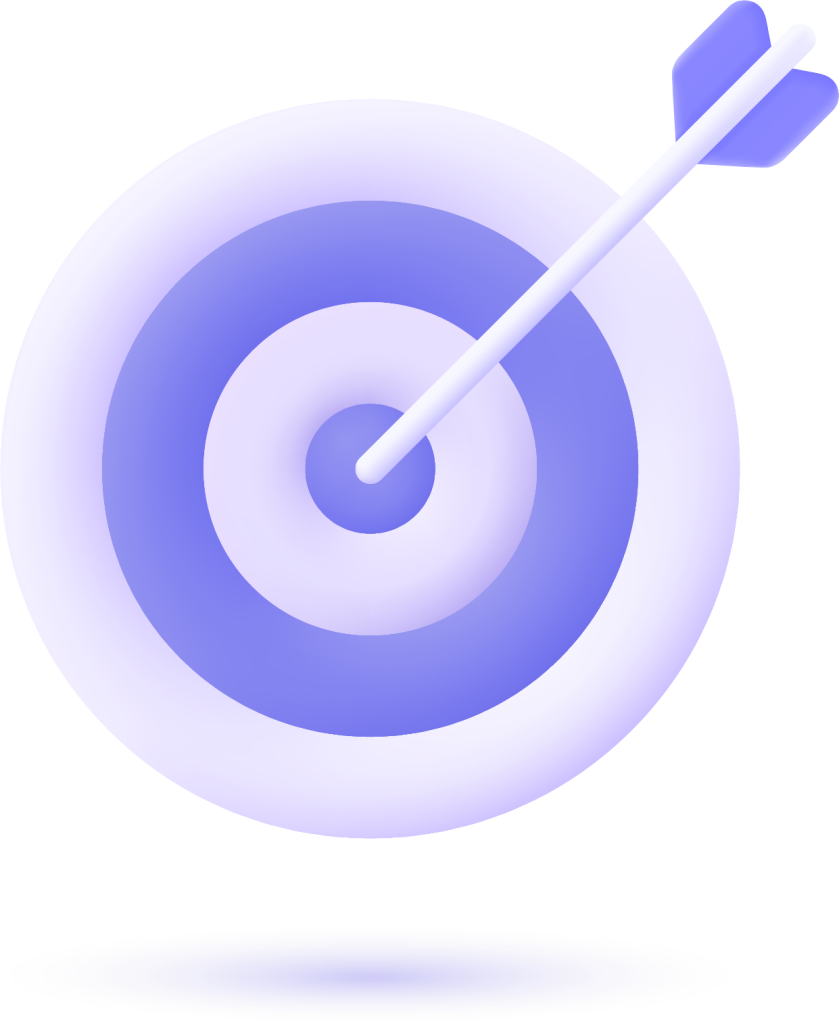Knowing when to send an email newsletter is vital to getting your audience’s attention. Writing great content is not enough; you must send it at the right time for people to notice and engage. Things like who your audience is, what’s typical in your industry, and how your users typically behave are all important. To get the timing right, you’ll want to look at what the data says about when your audience will most likely read your emails. This article will help you determine the best time to contact your subscribers with your email newsletters.
What’s the Best Time to Send Your Emails?
There’s a common belief that emails sent mid-week, especially on Tuesdays and Thursdays, get more attention. The sweet spot often falls between 10 a.m. and 11 a.m. This is when many people take a break to check their inbox and are more likely to engage with new messages.
However, it’s important to remember that there’s no one-size-fits-all answer. The ideal time to send emails can vary greatly depending on who your audience is and what your email contains. A clothing store might successfully send promotional emails on a Thursday before the weekend shopping rush. At the same time, a charity might have better engagement on a Tuesday when people are more focused on their workweek tasks.
To nail down the best timing, you’ll need to experiment. Start with the general advice, then test different times and days to see what resonates with your subscribers. Over time, you can tailor your schedule to match when your specific audience is checking their emails.
Also, think about the content of your emails. The weekend might be better if you share something for leisurely reading, like a roundup of interesting articles. People often have more free time on Saturdays and might enjoy sitting down with a more extended read.
How Do Different Countries Compare?
It would be best to consider time zones and cultural differences when your audience spans multiple countries. For example, Europeans might check their emails early in the morning, while Americans might do so throughout their workday.
To address this, you can use tools to send your emails at the best time for each region. This is called geo-segmentation, and it helps ensure that your emails reach people when they are most likely to open them.
Also, be mindful of local holidays and typical work hours. Sending a work-related email on a public holiday or outside of the usual business hours is likely less effective.
Struggling with Digital marketing? Book Your Free Strategy Session!
- 30-Minutes Session
- Expert Insights
- Data-Driven approach
- Optimized Strategies for Your Goals
By considering these factors, you can improve the chances that your email newsletter will be read and enjoyed by as many people as possible. Keep testing and adjusting, and you’ll find the sweet spot for your audience.
What’s the Best Day to Send Your Email Campaigns?
Choosing the right day to send your email campaigns can significantly affect their success. While the optimal day can vary depending on your audience and the nature of your email, there are some general trends to consider.
Midweek Advantage
Many businesses find that emailing on Tuesday and Wednesday leads to higher open rates. Most people have dealt with the weekend’s backlog by Tuesday and are ready to take on new information. Your email is more likely to be noticed and read.
Wednesday offers a similar advantage. During the middle of the week, people have settled into their work routines and are often more available to engage with new content.
Weekend Opportunities
While weekdays are traditionally favored for sending emails, don’t overlook the potential of weekends. Saturdays and Sundays can be great for content that isn’t urgent, such as newsletters, leisurely reads, or special weekend promotions. People might have more free time to delve into emails and take action on offers.
The Best Day of the Week to Send Emails
Tuesday and Wednesday are often your best bet if you’re looking for a go-to day. These days, strike a good balance between catching your audience when they’re likely to check their inboxes and when they’re not too busy to give your email attention.
For emails that are not work-related, such as those targeting consumers for leisure activities or weekend plans, consider sending them on Friday afternoon or Saturday when people are planning their free time.
It’s important to remember that these are just guidelines. The best approach is to understand your audience and experiment with different days and times to see what yields the best engagement for your specific email campaigns. Testing is critical to refining your strategy and maximizing the impact of your email marketing efforts.
The Worst Day of the Week to Send Emails
Sending emails requires some strategy, especially when trying to reach people at the best possible time. For different reasons, Monday and Sunday are often considered the worst days to send emails. On Mondays, people are usually swamped with messages they’ve received over the weekend, so it’s easy for your email to be overlooked as recipients sort through their overflowing inboxes.
On Sundays, the situation is quite different. It’s a day when many people take time off to relax, spend time with family, or engage in leisure activities. They’re generally not in work mode and less likely to check their emails. If you send something work-related, it might not get the attention it needs until much later.
However, there’s a flip side. With fewer emails being sent, yours might catch someone’s eye in a less crowded inbox. And remember, while these are general trends, they don’t apply to every audience. For instance, emails about sports events or entertainment might be very well received on Sundays when people look for things to do.
Choosing a Day to Send Your Newsletter
Finding a rhythm and sticking to it is significant for newsletters. Your subscribers come to anticipate your content, and consistency helps build that expectation. But how do you decide which day is best?
First, think about the nature of your newsletter. If it’s full of business tips, sending it in the middle of the week might be ideal, as that’s when people are in work mode and looking for ways to improve their productivity. On the other hand, if your newsletter is about weekend events or leisure activities, Thursday or Friday might be better so readers can plan.
Another good strategy is to dive into your email analytics. These insights can show when subscribers are more likely to open and interact with your emails. Use this data to guide your decision on when to send your newsletter.
Ultimately, the best day to send your newsletter should balance what works for your content and when your audience is most receptive. Monitor your analytics, and don’t be afraid to adjust if you notice changes in how your audience engages with your emails.
Email Send Times: B2B vs. B2C
When targeting other businesses with your emails, weekdays during office hours are your best bet. This is when professionals usually check their inboxes and can quickly engage with work-related content.
If you’re reaching out to individual customers, think about sending emails in the evenings or on weekends. This is when they have time to browse and shop, free from the demands of their working day—the type of product or service you offer matters, too. For example, if you’re promoting family activities, the weekend could be an ideal time to grab your audience’s attention.
Knowing when your audience prefers to read their emails is critical. For instance, a casual invite to a B2B team-building event might get more attention if sent closer to the weekend, when people are winding down and planning leisure activities.
Remember to consider the season and any holidays or industry events that might affect when people check their emails. This is important for both B2B and B2C audiences.
Struggling with Digital marketing? Book Your Free Strategy Session!
- 30-Minutes Session
- Expert Insights
- Data-Driven approach
- Optimized Strategies for Your Goals
Why Does Email Sending Time Matter?
Choosing the right time to send your emails can make a real difference in their success. Emails that arrive when people are likely to be online have a better chance of being seen and acted upon. This is crucial in a crowded inbox.
Well-timed emails are more visible. It will likely be noticed if your email appears at the top of the inbox when most people check.
With a good grasp of the best sending times, you can plan your future email campaigns more effectively, making your marketing more efficient and impactful.
In the end, well-timed emails can lead to better engagement, more clicks, and a higher rate of your audience taking the action you want, like buying something, signing up for an event, or just interacting with your content.
How to Determine the Best Time to Send Your Emails?
Finding the right time to send emails to your audience can significantly impact their effectiveness. There’s no universal answer that works for every audience, but with research and experimentation, you can pinpoint the optimal time to reach your subscribers.
Start by breaking your audience into smaller groups or segments and sending the same email at different times of the day or week. This method allows you to compare each email’s performance and see which timing gets the best response. Look for patterns in open rates and click-through rates to guide your decisions.
Most email marketing platforms have analytics that can provide a wealth of information. These tools can show you when your emails are opened and which links are clicked. By analyzing this data, you can understand when your audience is most engaged and tailor your email schedule accordingly.
If unsure where to start, why not go straight to the source? Surveying your subscribers to see when they prefer to receive emails can provide valuable insights. This direct feedback can help you align your email schedule with your audience’s preferences.
As you collect more data on how your audience interacts with your emails, you can make more informed decisions about timing. It’s essential to keep testing and refining your approach as your audience’s habits may change or your email list grows.
Sending emails is both an art and a science. It’s essential to grasp the habits and preferences of your audience. While you can follow some general best practices, such as avoiding sending emails late at night or on weekends, the truth is that every audience is unique. Continuous testing, adaptation, and attention to detail are crucial to finding the best time to send emails that resonate with your subscribers.
Final Thoughts
Choosing the right moment to send an email newsletter can significantly affect how well it works. It’s a mix of good planning, understanding your audience’s habits, and always trying new things to see what’s best. It’s important to remember that different audiences might need different approaches. Be ready to change your plans based on what you learn about when your subscribers like to read your emails. If you keep learning and tweaking your approach, you’re on your way to getting more people to engage with your email newsletters.



